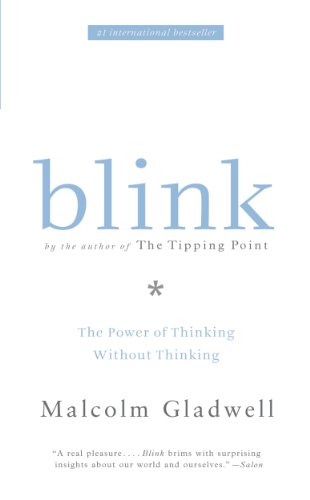

This article is an excerpt from the Shortform summary of "Blink" by Malcolm Gladwell. Shortform has the world's best summaries of books you should be reading.
Like this article? Sign up for a free trial here .
What is the Implicit Association Test (IAT)? How does the IAT measure bias?
In psychology, the Implicit Association Test (IAT) is an assessment designed to gauge mental representations that are outside conscious control. It is supposed to measure unconscious bias by measuring how fast a person can assign descriptors to certain categories (e.g. race or gender).
Learn about the Implicit Association Test, how it works, and what it’s supposed to measure.
The Implicit Association Test
In psychology, the Implicit Association Test (IAT) is a tool that attempts to measure the unconscious associations that people have with certain categories, for example, gender or race. The creators of the IAT argue that it can uncover your implicit racial bias through the measurement of your reaction time. Are you faster to react when pairing positive words, such as “wonderful,” with white faces or black faces? How about negative words such as “evil”? (You can find the IAT online at www.implicit.harvard.edu if you’re interested in trying it.)
Regardless of their stated beliefs, more than 80% of IAT-takers have “pro-white associations.” In other words, it takes slightly longer for most people to put words like “glorious” and “wonderful” in the “African American” category than to put words like “hurt” and “evil” in the same category.
This doesn’t just apply to test-takers who aren’t African American—50% of more than 50,000 African Americans tested have pro-white associations.
———End of Preview———

Like what you just read? Read the rest of the world's best summary of "Blink" at Shortform . Learn the book's critical concepts in 20 minutes or less .
Here's what you'll find in our full Blink summary :
- How you can tell if a marriage will fail, within 3 minutes
- Why your first impressions are usually surprisingly accurate
- The dark side to making first impressions, and how to avoid the,






